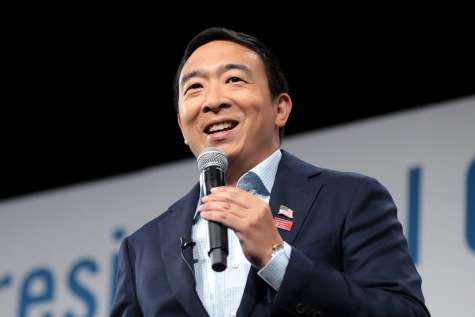Daylight Saving Time should be abolished

Now that Daylight Saving Time has ended and we are back to standard time, the sun is now setting extremely early – around 4:30 p.m.. Although the clocks going back allows more daylight in the mornings, it becomes dark by late afternoon, throwing many off their everyday routine.
On Sunday, Nov. 7, the clock struck 1 a.m. twice, marking the official end of Daylight Saving Time (DST). After the first few weeks since its conclusion, I feel it is the perfect time to address why it is detrimental and should no longer exist in the United States.
To truly understand the purpose of daylight savings, you must look back many years. The United States got the idea of daylight saving from Germany during World War I, but started implementing it on a national level around 1975 with the theory that it would save energy. It was thought that more hours of daylight would be a good thing because there was less use of artificial light. However, in modern society, energy is used regardless of sunlight. Computers, TVs, air conditioning and heat units all use energy, so the amount of energy saved is negligible. According to the National Bureau of Economic Research, a natural experiment in Indiana found that “[DST] increases residential electricity demand.”
In addition, there are serious health concerns associated with DST. The shifting of the clocks can disrupt people’s routines and mess up their sleep schedules. According to Anita Shelgikar at Michigan Health, “switching to Daylight Saving Time is associated with cardiovascular morbidity, a higher risk of a heart attack or stroke, and an increase in hospital admissions for irregular heartbeats.”
In addition, there are serious health concerns associated with DST. The shifting of the clocks can disrupt people’s routines and mess up their sleep schedules.
— Abbie Goldstein ’22
Furthermore, it is clear that the general public dislikes switching the clocks back and forth between the winter and summer. According to a poll conducted by The Associated Press-NORC Center, 75% of Americans would rather be on one set timeline all year round.
Lastly, DST actually costs you money. According to the American Psychological Association, “the shift to Daylight Saving Time (DST) results in a dramatic increase in cyberloafing behavior at the national level.” Cyberloafing is getting distracted and conducting actions on technology unrelated to the task needed to be done. This decrease in productivity causes economic costs.
To solve these problems, I suggest that the entire United States permanently remains on Daylight Saving Time and the switching of the clocks is subsided. This will allow individuals to establish a constant routine and eliminate many of the problems previously stated.

Paper Arts Editor Abbie Goldstein ’22 is one thing above all else: free spirited. She returns to Inklings for her last year after a summer of creative...



























































Joe Pomoransky • Mar 13, 2022 at 10:45 am
I agree 100%. changing the clocks twice a year should stop. Having to change the clocks twice a year stresses many people out, including me. I found that just about everyone I know agrees with me. I’ve read that doing so has caused heart attacks and strokes in some people. It is also counterproductive in industry. A 2008 report by the Independent Institute claims the annual cost for changing clocks twice a year could be as high as $1.7 billion dollars.
This year is mid term elections, might be a good time to push the end of changing the clocks to the candidates.
I’m 76 years old, I’ve seen a lot, and done a lot. Take my word for it, it’s about time this country stuck with ONE time, nuff said.